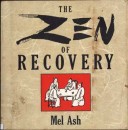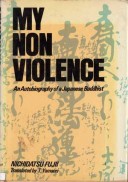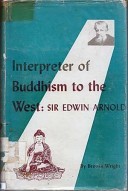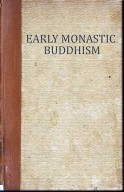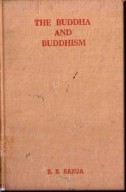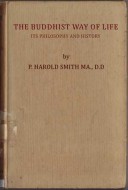Tìm Sách
Sách tiếng Anh-English >> The Zen of Recovery
Thông tin tra cứu
- Tên sách : The Zen of Recovery
- Tác giả : Mel Ash
- Dịch giả :
- Ngôn ngữ : Anh
- Số trang : 243
- Nhà xuất bản : GP Putman's sons Newyork
- Năm xuất bản : 1993
- Phân loại : Sách tiếng Anh-English
- MCB : 12010000005125
- OPAC :
- Tóm tắt :
THE ZEN OF RECOVERY
MEL ASH
A Jeremy P. Tarcher/Putnam Book
Publish by
G.P.Putnam’s Sons
New York
CONTENTS
Thanks
Preface
Yet another finger pointing at the moon
An introduction
Foundations: The finger
Hi! My name is
What is Zen?
What is recovery?
The Zen of recovery
An Interpretation of the twelve steps
The Zen of recovery heart sutra
Reflections: The pointing
You are enlightened already
You are dead already
This world is dream enough
The emptiness of love
The fullness of love
Love the one you’re with
Your defects are defective
Moment to moment, a day at a time
You have nothing to fear alone together
Inner child + inner monster = original face
The further you go, the closer you get
Directions: The moon
Hanging froma a cliff
How to let go
Killing the Buddha instead of ourselves
An approache to Teachers and Sponsors
A Day without work is a day without eating
Personal and global recovery
Sitting around, doing nothing, looking at the floor
The Spiritual Mechanics of Meditation
The bones of others
Yet more fingers pointing at the moon
Readingsand Bibliography
PREFACE
The Zen of Recovery is for people in both new and mature twelve step recovery and for anyone interested in learning and applying the universal lessons of both Zen and recovery. Concerned primarily with the Eleventh Step suggestion that we mediate in order to “improve our conscious contact” with a Higher Power, this book focus on ways in which we might apply the powerful meditation wisdom of the East to our own Western traditions so that we might live more fully a day at a tìme.
The synthesis that is presented in these pages takes nothing for granted and introduces the reader to the ideas on a number of levels and with a variety of formats. The Zen of Recovery uses a three-fold structure not unlike that found in both Buddhism and recovery. Buddhism’s most important aspects are called the Three Jewels. These are: the Buddha (teacher), the Dharma (teaching) and the Shangha (community of believers). In recovery, we are told that our diseases are threefold: mental, physical and spiritual, and that in order to recover we must attend equally to each of those areas.
The book is presented in three sections, based on the old Zen story of the finger pointing at the moon. The story is told and explained in the introduction of the same name. Part One, “Foundations: the Finger”, presents background material crucial to an understanding of the rest of the book. My personal history and those of Zen and recovery are presented. These are followed by an interpretation of the Twelve Steps and a rendering of the Heart Sutra, Zen’s pivotal document. “The Finger” refers to original historical teachings and experiences.
 Facebook
Facebook
 Google
Google
 Google+
Google+
